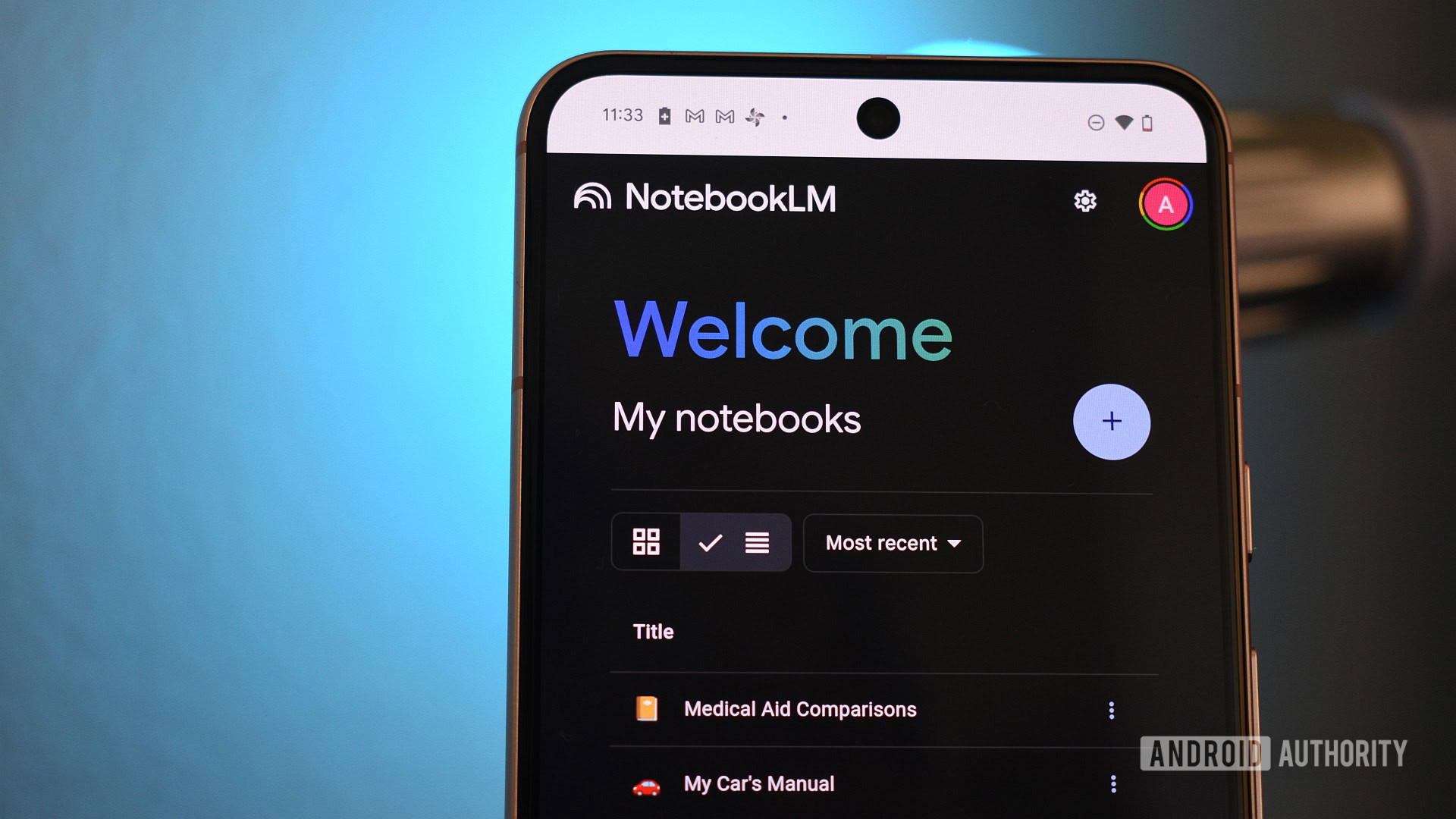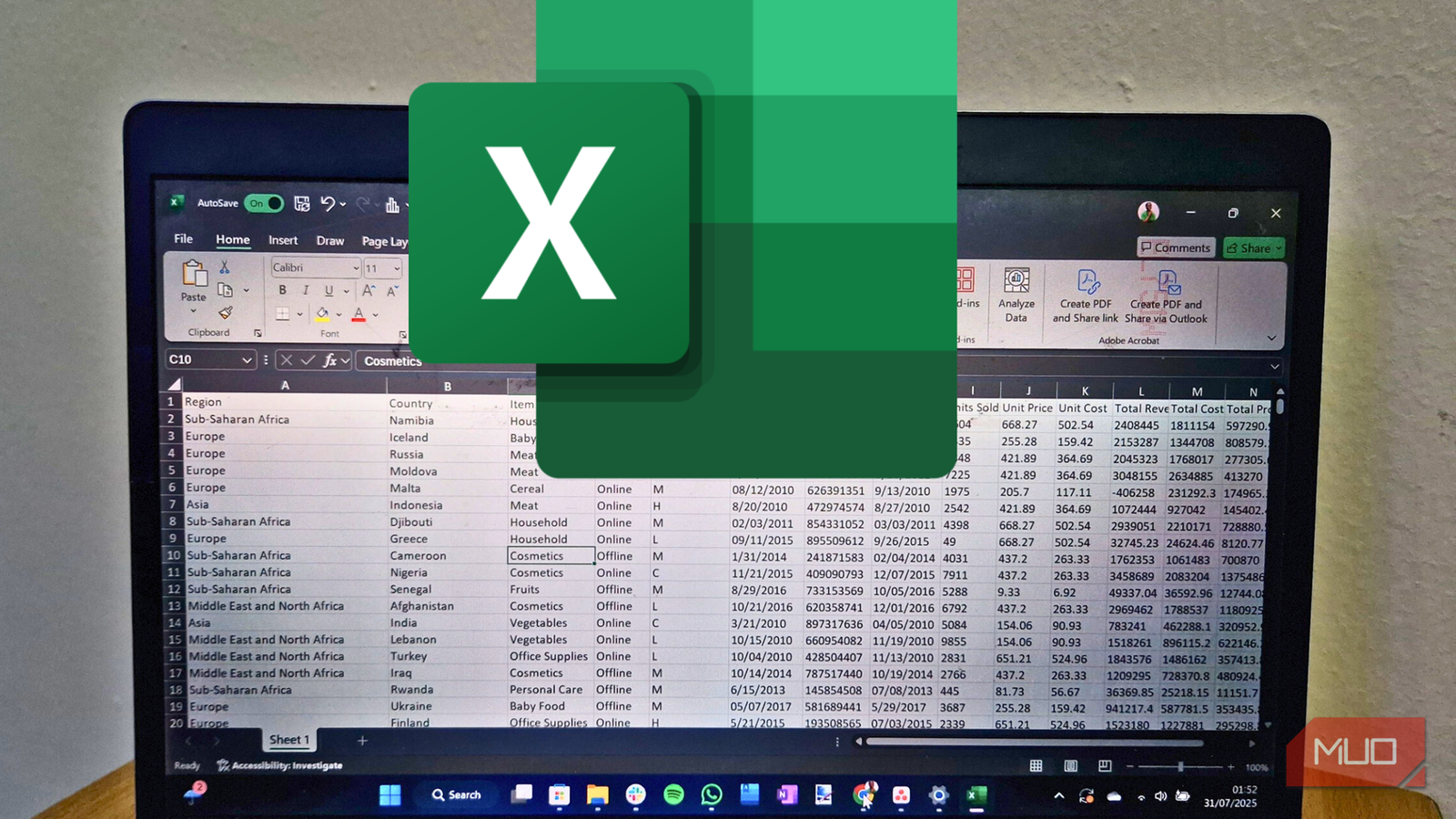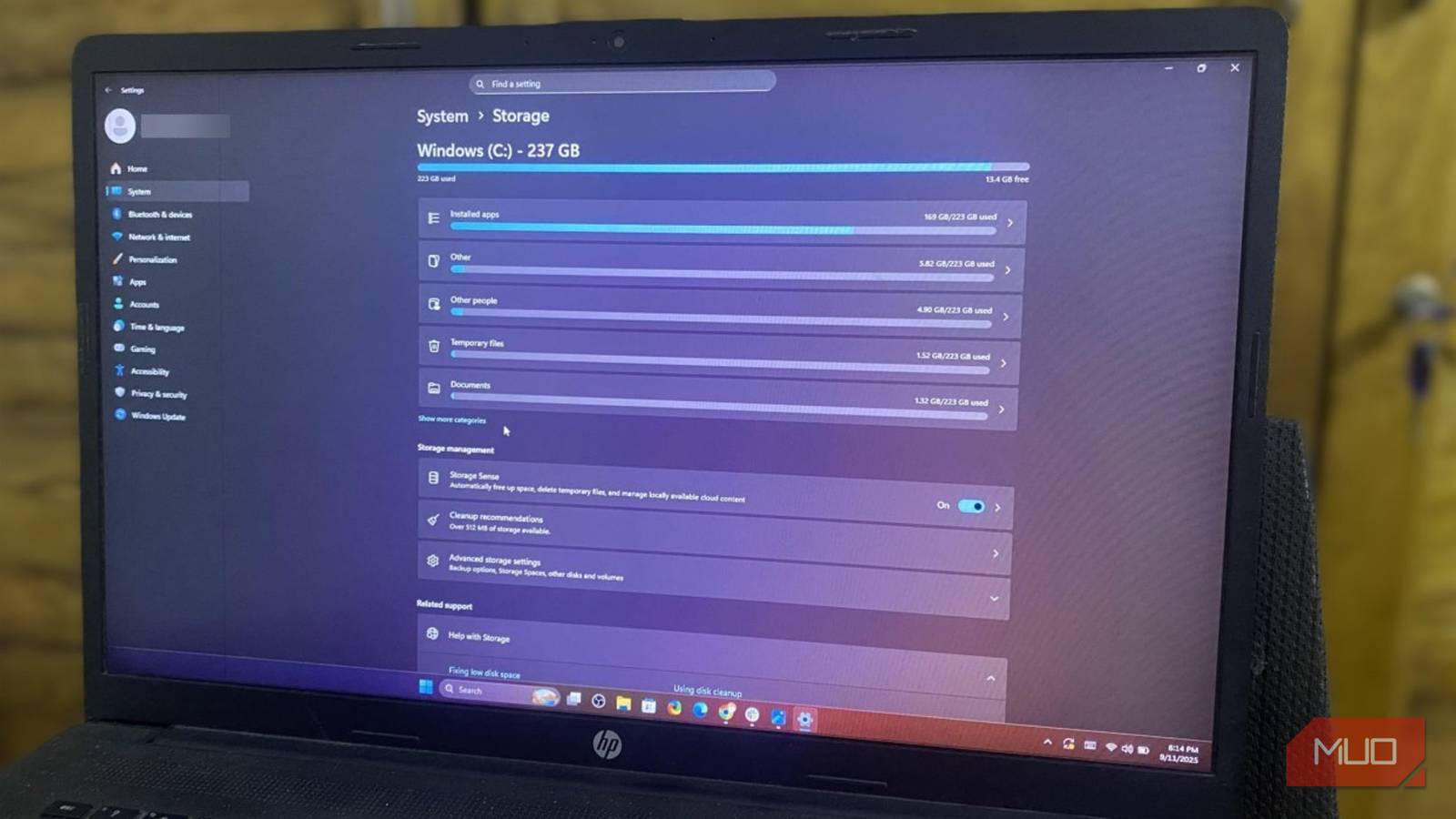Once upon a time, in the back room of a bustling ministry, sat a policy, born from months of consultations, late-night drafting sessions, and the collective hope of a continent eager for digital evolution. Its cover gleamed, and its pages were crisp with promise. But now, it languished on a shelf, lonely, dusty, and yearning for relevance.
Around it sat countless others. They spoke of bridging the digital divide, empowering youth, and unlocking inclusive growth through technology. Displayed at summits, referenced in reports, and dusted off for speeches. But their purpose was left unfulfilled.
The root of the problem was clear: policies were too often treated as an asset class. They became symbols of progress, trophies to be displayed, and credentials to be cited, rather than frameworks to be implemented. Policymakers and stakeholders would pose with them, roll them out at summits, raise funds, and then quietly return them to their shelves. This asset class mentality stifled innovation and left the continent’s digital dreams unrealised.
But policy, our lonely protagonist knew, it was meant to be a utility. Its value lay in daily use-guiding decisions, shaping investments, and adapting to new realities. Policy should be the wrench in the hand of the builder, the compass for the navigator, not a relic for the historian. Only as a utility could it deliver on its promise to bridge Africa’s persistent digital divide, where only 37% of people have internet access, and youth are disproportionately excluded from opportunities.
A chorus of unheard voices
From its vantage point on the shelf, the policy watched as the world outside changed at breakneck speed. The African Union’s Digital Transformation Strategy for Africa (DTS) 2020–2030 called for a unified digital market and continental integration, envisioning a $700 billion opportunity by 2030. Yet, the policy saw how implementation lagged. Governments changed, priorities shifted, and collaboration between stakeholders faltered. The gap between what was written and what was realised grew ever wider.
While over 60% of the population lives within 4G coverage, many remain offline, not because of a lack of signal, but because they cannot afford to stay connected or lack the skills to navigate the digital world. In most African countries, the cost of 1GB of data exceeds 2% of the monthly GNI affordability benchmark, pricing millions out.
The policy longed to help reframe what “universal access” really means. It dreamed of strategies rooted in local realities, addressed affordability head-on, and placed an internet-enabled device in every home, with digital skills in every classroom.
The policy dreamed of being put to work, to foster a digital evolution built on four interconnected pillars of Technology, Policy, Process, and People. It wanted to be co-created, adapted, and measured—not just admired. It knew that the most effective policies were those treated as living documents, shaped by ongoing dialogue between government, startups, investors, and civil society.
It looked at Nigeria’s Startup Act and saw the potential: a policy designed for impact, grounded in ecosystem needs. Yet, it was rolled out with lukewarm execution – its promise is still alive but stalled. The policy also admired Sierra Leone’s approach, where frameworks were built from the ground up, mapped to the lived experiences of young people, entrepreneurs, and local communities. That’s what it wanted to be: real, relevant, and responsive.
It yearned to be part of a robust policy infrastructure, one that included: co-created frameworks that brought together all ecosystem actors, multi-stakeholder collaboration to ensure buy-in and relevance, capacity development so implementers had the skills and resources to act, and monitoring and evaluation to adapt and sustain progress.
The policy imagined itself as a tool that was regularly referenced, revised, and used to solve problems. It wanted to be the backbone of digital public infrastructure, supporting digital IDs, payments, and data exchanges that would unlock inclusion and innovation at scale.
Each day the policy sat idle, it bore witness to lost potential. A generation, poised to make up 42% of the world’s youth by 2030, is being locked out of the digital economy.
From its dusty perch, the policy watched entrepreneurs stall before they could scale, investors retreat, and governments fumble at cross-border cooperation. It came to understand something deeply sobering: policy paralysis wasn’t just administrative inertia, but a crisis that denied millions the tools to imagine, create, and thrive.
It recognised that implementation was the greatest impediment to development in Africa. The policy longed for a new approach, one where political commitment, private sector engagement, and regional cooperation would align to turn vision into reality.
From shelf to street: A call to action
One day, a policymaker entered the room in search of inspiration. Dusting off the policy, they read its pages anew. They saw not just words, but a roadmap for action. A big tent approach, inspired by a convention of stakeholders- government officials, tech entrepreneurs, educators, and community leaders. Together, they reimagined the policy as a living tool. They set clear objectives, allocated resources, and established mechanisms for feedback and adaptation.
The policy was finally put to work. It guided investments in digital infrastructure, shaped regulations to lower costs and encourage innovation, and supported digital literacy programs for youth and women. It became the foundation for public-private partnerships, the blueprint for startup support, and the reference point for harmonising efforts across ministries and borders.
As the policy was implemented, the digital divide began to narrow. More Africans gained access to the internet at an affordable price. Startups flourished, creating jobs and driving economic growth. Governments delivered services more efficiently, and communities became connected.
A new mindset for policy
The policy’s journey from lonely document to living utility was a testament to a new mindset. Policymakers, implementers, and citizens alike came to see policy not as a static asset but as a tool for progress. They understood that the poverty line of the future would be drawn not by income alone, but by access to digital opportunity.
No longer lonely, the policy became part of a vibrant ecosystem, revised, referenced, and relied upon to build a digitally enabled, inclusive, and prosperous Africa.
The dusty policy’s wish was fulfilled, not to be admired, but to be used. Not to gather dust, but to gather momentum. In the hands of those who believed in its power, it was no longer a document on a shelf, but a catalyst for Africa’s digital acceleration.
_______
Oswald Osaretin Guobadia is a distinguished policy advisor with nearly three decades of experience driving digitalisation across Africa. He is the Managing Partner at DigitA, an Africa-based firm dedicated to advancing digital evolution on a global scale. In his previous role as the Senior Special Assistant on Digital Transformation to the Nigerian President, Oswald was instrumental in developing the Nigeria Startup Act.
Mark your calendars! Moonshot by is back in Lagos on October 15–16! Join Africa’s top founders, creatives & tech leaders for 2 days of keynotes, mixers & future-forward ideas. Early bird tickets now 20% off—don’t snooze! moonshot..com.











